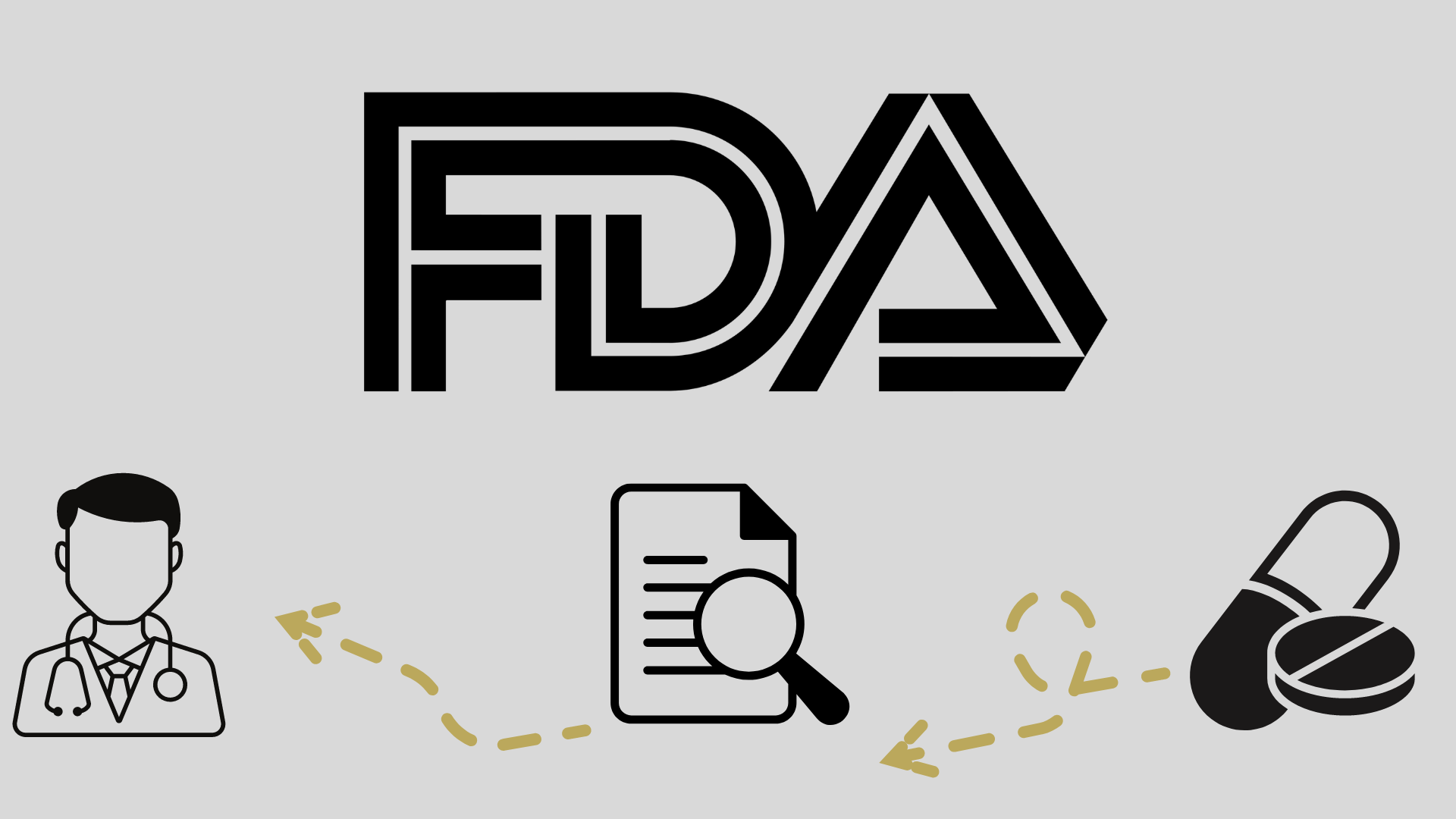
Daratumumab Application in Myeloma Submitted to FDA

The application is based on promising findings from the phase 3 PERSEUS trial which were presented at the American Society of Hematology Annual Meeting in December 2023.
- Daratumumab and hyaluronidase-fihj regimen (Darzalex Faspro) has shown promising results in a phase 3 study (NCT03710603) for treating newly diagnosed multiple myeloma.
- The progression-free survival (PFS) rate at 4 years was 84.3% with the daratumumab regimen, which translated to a 58% reduction in the risk of disease progression or death.
- A supplemental biologics license application (sBLA) has been submitted to the FDA for daratumumab, meaning that the drug could be approved for wider use soon, potentially offering a new treatment option for patients with newly diagnosed multiple myeloma.
The sBLA for a daratumumab (Darzalex)-based regimen for the treatment of newly diagnosed multiple myeloma has been submitted to the FDA, according to a press release from Johnson & Johnson.1
The application is based on findings from the
“We are committed to changing the course of multiple myeloma through building combination regimens such as D-VRd with complementary mechanisms of action. The [daratumumab]-based quadruplet therapy demonstrated a clinically significant reduction in the risk of progression or death for transplant-eligible, newly diagnosed patients with multiple myeloma,” said Craig Tendler, MD, vice president, clinical development, diagnostics, and global medical affairs, Johnson & Johnson Innovative Medicine, in a press release. “Patients are most likely to experience their deepest and most durable responses during the first line of treatment with D-VRd. This regimen has the potential to improve long-term outcomes for newly diagnosed patients and we look forward to working with the FDA on the review of this application.”
About the PERSEUS Trial
Findings from the study were presented at the
D-VRd demonstrated a complete response or better (≥CR) of 87.9% vs 70.1% with VRd (P <.0001). These improvements were seen across sex, age, race, disease type, disease stage, and ECOG performance status subgroups. The stringent CR and CR rates were 69.3% and 18.6%, respectively, with D-VRd vs 44.6% and 25.4% with VRd.2 In all, 64% of patients in the D-VRd arm who entered the maintenance phase were able to discontinue treatment after achieving a ≥CR and 2-year sustained minimal residual disease negativity.1
D-VRd was










































